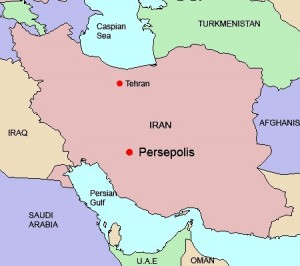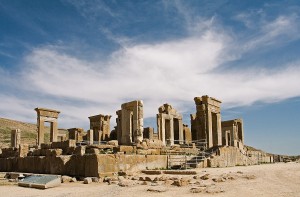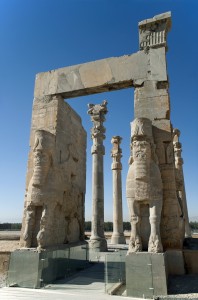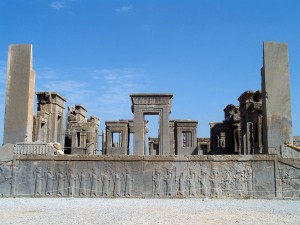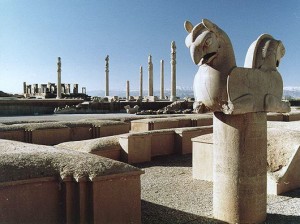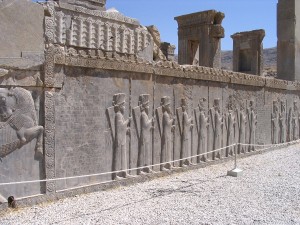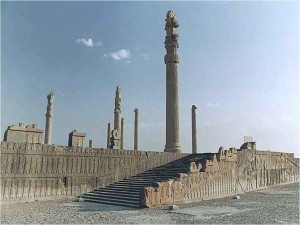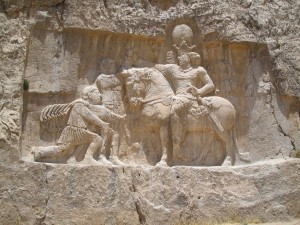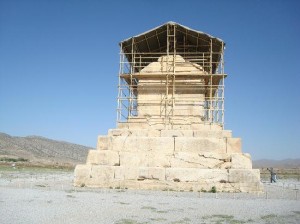Written by Soudip
August 23rd 2014Other Places
You Are Here
Home > Iran > Persepolis Historical Facts and PicturesPersepolis Historical Facts and Pictures
Situated 70 kilometers northeast from Shiraz city in Iran, the Persepolis was once the capital of the Achaemenid Empire. Now among one of the World Heritage Centers, Persepolis literally means “city of Persians”.
Persepolis Map
Architecture
Now in a ruined condition, this historical structure exhibits Achaemenid architectural style. This 40 ft. high and 100 ft. wide complex is occupied with multiple halls, a wide terrace, corridors and a symmetrical stairway leading to the top. The stairway delineates various literal and metaphorical relief scenes. The terrace displays inscriptions that prove Darius the great was the initiator of building this historical complex.
Ruins
The wide terrace comprises a number of gigantic ruined buildings, composed of grey dark marble. These ruins, now known as Takht e Jamshid, were known as Chehel Minar (the 40 pillars) in the thirteenth century. Three catacombs of rock are located behind the Takht-e-Jamshid.
Interiors of Persepolis
The complex contains various halls and chambers inside its structure that include the Hall of Apadana, Tachar, Hadish, Talar-i-Takht, Darwazeh-i-Mellal, the Khazaneh, and Naksh-e-Rustam. The most spectacular hall of the complex, the Apadana Hall, comprising 36 columns is also the largest hall within the structure. The structure was built with square based fluted columns and mud brick walls. Tachar was the private chamber of Darius the great. The later addition Hardish was the private chamber of emperor Xerexes the Great. Tala-i-Takht, comprising 100 columns, served as the hall of throne. The royal treasury or Khazaneh is preserved in a palace complex that was later developed by Artaxerexes III. The Naksh-e-Rustam is occupied with the tombs of the kings.
The site of Persepolis is an embodiment of past grandeur. Although in a ruined state today this majestic structure still has no equivalence and represents a distinct quality of an ancient civilization.
Category
IranWritten by Soudip
August 23rd 2014

